Gone are the days when you can take a cool drink of water from a stream without first treating it to resolve various problems.
These problems include heavy metal contamination and other toxins that may be concentrated and made worse by boiling the water. At the same time, you must always be wary of pathogen contamination.
Regardless of whether the disease risk is caused by other campers or animals in the area, understanding the uses of iodine and chlorine is very important. It should be noted these tablets only address pathogens in the water. They cannot and will not substitute for good personal hygiene. They also do not address heavy metals, toxic waste, nuclear contamination, debris, or other problems. You will need to use a number of different filters to obtain safe water. For now, let’s focus on Iodine and Chlorine tablets.
This Device Easily Turns Air Into Water!
There are millions of dangerous microscopic organisms that can contaminate water supplies. These pathogens can cause serious or fatal illnesses such as cholera and other water borne diseases. Most of the time, the biggest problem will be dehydration caused by loss of fluid from vomiting and diarrhea. If left untreated, this condition can lead to permanent damage or death. When you cannot boil water, chemical treatments such as Iodine and Chlorine can be safe and effective if used correctly.
Things to Watch For When Using Chemical Treatments for Water
Even though there are several brands of chemical water purification products on the market, most rely on chlorine or iodine to kill harmful pathogens. To use these products correctly, always read and use the instructions that are on the bottle. The chemical must reach a certain concentration in the water in order to kill off disease causing organisms. It must also stay in the water for a certain amount of time before it is safe to drink the water. Since every product is a little bit different, the only place you can get the right information is on the label provided with the tablets.
Before you use water purification tablets, it is very important to make sure they are within the products expiration date. In particular, once Chlorine tablets go past that time, there is every chance they will not work. It is likely you will find Iodine tablets do not have expiration dates on them. Rather than be concerned about the age of the tablets, you will need to look for discoloration or other signs of decay.
Chemical purification is not as simple as dumping a few tablets in a container of water and expecting them to work every time. There are certain factors that impact their effectiveness. This includes:
- Water temperature – If the instructions give you a specific temperature range, it means the product may not be as effective if the water is warmer or colder. In this case, you may need to find a way to bring the water into the optimal temperature range, or use another method such as UV or boiling the water to kill pathogens.
- Clarity of the water – Cloudy water usually requires higher concentrations of chemicals to disinfect the water. Remember, thousands to millions of micro organisms can fit on and within a tiny speck of dirt. At the same time, water purification chemicals may not completely saturate that speck of dirt. When you drink the water, those pathogens can make you sick. Before using water purification tablets, be sure to filter the water through a cloth or other material to remove as much debris as possible.
- PH – if the water is too acidic or too alkaline, it can also impact how well the tablets will work. The instructions that come with each product will indicate the ideal pH ranges. Be sure to carry pH testing strips so that you can determine if the tablets will work correctly in your situation.
Getting the Most From Chemical Water Purification
Even though the instructions that come with the tablets should be fairly complete, there are some finer points to consider:
- First, never forget that the vessel you drink from or carry the water in can become contaminated. Splash some of the treated water onto the water container’s top and threads so that all areas of the water bottle will be treated.
- When purifying water, it always helps to swish the water around after adding the purification medium to the water. This helps tablets dissolve faster and also helps saturate the water faster.
- Unless the instructions say to wait longer, give the chemical at least 30 minutes to work after dissolving before using the water.
- Chemically treated water usually doesn’t taste good. If you do not have activated carbon or flavoring agents available, try pouring the water back and forth between two containers to aerate it after it’s been completely treated.
How To Use Iodine In Water Purification
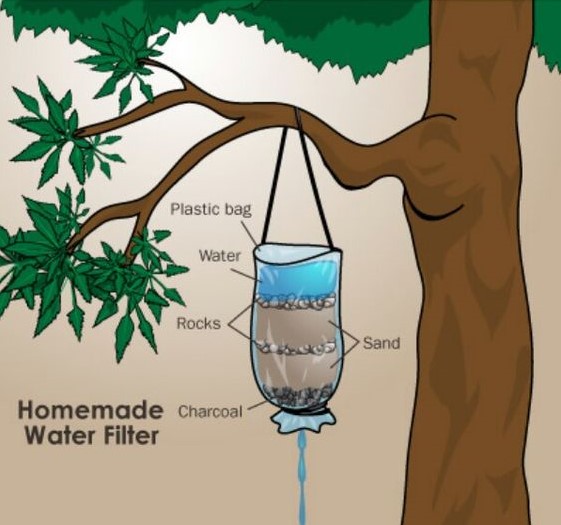
If you cannot obtain dedicated Iodine product such as Potable Aqua, a 2% liquid tincture of Iodine will also work. If the water is clear, add 5-10 drops per quart of water. If the water is cloudy, then add 10 drops per quart.
Despite its good points, there are some drawbacks to consider. First, Iodine must be kept in a dark bottle because it is very light sensitive. Iodine only works properly within certain temperature ranges. The water must be 68 degrees F or higher.
Aside from that, Iodine may not be suitable for everyone. Here are some situations where it can cause more harm than good:
- If you are allergic to Iodine, don’t use it to purify your water. The iodine does not get neutralized during the purification process. Some people that are allergic to shellfish are also allergic to iodine.
- If you have thyroid problems, take medications with lithium in them, are pregnant, or a woman over age 50. In these cases, discuss the use of Iodine tablets with your doctor.
- Using iodine to purify water over long periods of time can also be harmful. Side effects may include facial swelling, runny nose, lip swelling, joint pain, stomach pain, nausea, vomiting, thyroid problems, and a metallic taste in your mouth. If you start having these problems, stop using Iodine to treat the water and find some other method to kill off pathogens.
How To Use Chlorine For Water Purification
People that are allergic to Iodine or cannot use it for some other reason usually turn to chlorine based water purification chemicals. Chlorine is similar to iodine in the sense that it can be made into products that are lightweight, easy to carry, and easy to use.
There are a few disadvantages to using Chlorine tablets that you should be aware of. Most important, while chlorine will kill many pathogens, it will not kill all disease causing organisms commonly found in surface water.
Water treated with chlorine will take on the smell and taste of chlorine. You can try adding Vitamin C or lemon juice after the purification process is complete to improve the flavor.
Historically speaking, there are several water purification variants based on Chlorine. Some take longer than other to produce safe drinking water. For example, Chlorine Dioxide tablets requires a 4 hour treatment period before the water is completely treated. While this particular form may take longer to work, it is also one of the most effective.
The most effective form of Chlorine tablets are made from Sodium Dichloroisocyanurate (NaDCC). The tablets dissolve in a matter of minutes and can kill off a broad range of pathogens. It is the chemical of choice all over the world and is used by UNICEF and other groups as they address various emergencies. This water purification tablet is also commonly used in households where water supplies are not safe to drink.
Aside from using dedicated chlorine based water purification products, you can also use bleach in a time of need.
To use bleach:
- Start off by choosing a product that does not have added scents or other chemicals. Choose a product that has a concentration between 5.25% to 8.25%.
- Filter water to remove sediment or anything that makes it cloudy before adding the bleach.
- Put water in clean containers. For one quart of water, add 5 drops of bleach. For ½ Gallon – 10 drops, and 1 gallon – ¼ teaspoon.
- Mix water thoroughly and let stand for at least 60 minutes before drinking.
- If you are hesitant to drink water with bleach in it, let it set overnight or until the smell of bleach disappears. At that point, the chlorine will be neutralized.
Even though Chlorine tablets are considered more effective than Iodine, each chemical has its good and bad points when it comes to water purification. Since many Iodine products do not have an expiration date, you may want to keep at least some on hand, unless you are unable to use Iodine. Regardless of the chemical water purification methods you use, always make sure you read the instructions carefully. It is also helpful to practice in a safe setting during times when you can get medical help in case you make a mistake and need antibiotics or some other form of assistance.


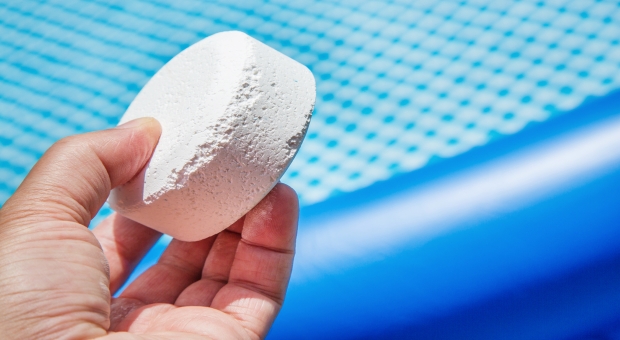

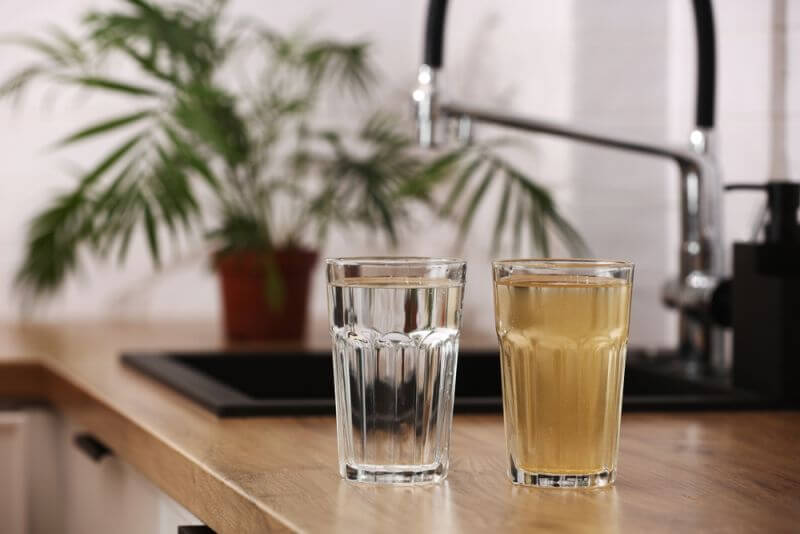
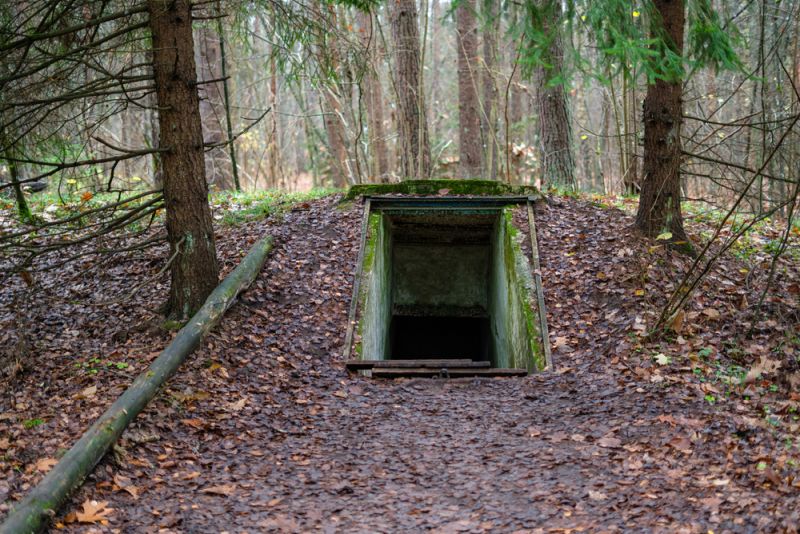
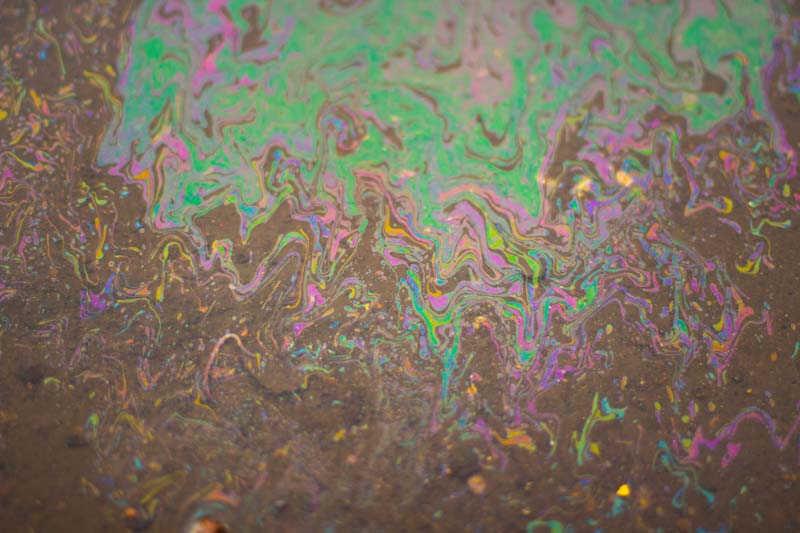
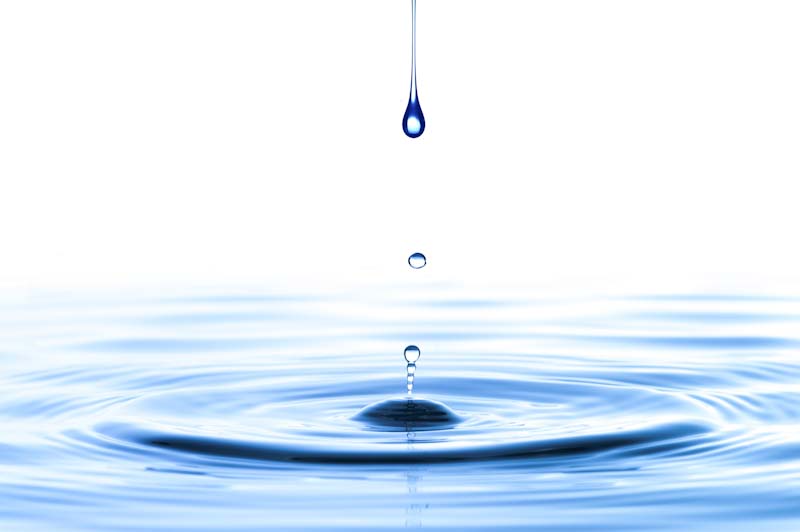

Bill in Idaho | November 4, 2019
|
Hello, Fred. Good Article, but doesn’t cover All of the Necessities. Step 1 – Filter the water to remove as much of the particulates as possible. Step 2 – Ventilate/ aereate the water by pouring it slowly/ gently into your (activated carbon) charcoal filter – filter should run about 1 pint to 1 quart in 2-3 minutes. Step 3 – Using two charcoal filtering steps is advisable – Remember – You are trying to remove organic toxins, inorganic oxides and carbonates, petrochemical byproducts, agri poisons (very pervasive), sewage effluent, manure tea, and other noxious chemicals. Step 4 – Boil the water to steam and then condense through copper tubing. NOW You Have drinkable water. Remember – Iodine and Chlorine compounds may work – but they will ONLY Kill living organisms – Not the above list. These chemicals depend upon ideal temperature -and- a Neutral pH – Not so likely.
Pingback:How to Purify Water Using Iodine and Chlorine | January 7, 2020
|
Mike Fanning | June 7, 2021
|
Hi Fred,
Thanks for the useful info.
I would like to challenge your recommendation to disinfect a quart of water with 5 drops of bleach.
This is 2X-4X too much bleach.
If you casually google “drops of bleach to disinfect 1 gallon of water” you will find that the conventional wisdom says 4 drops per gallon (or 8 drops if water is cloudy) is the standard recommendtion from survival and government websites, and bleach manufacturers.
The proper amount for a quart of water is 1-2 drops.
For health and safety reasons I would suggest revising down your recommendation.
Please recheck.
Thanks,
Mike Fanning